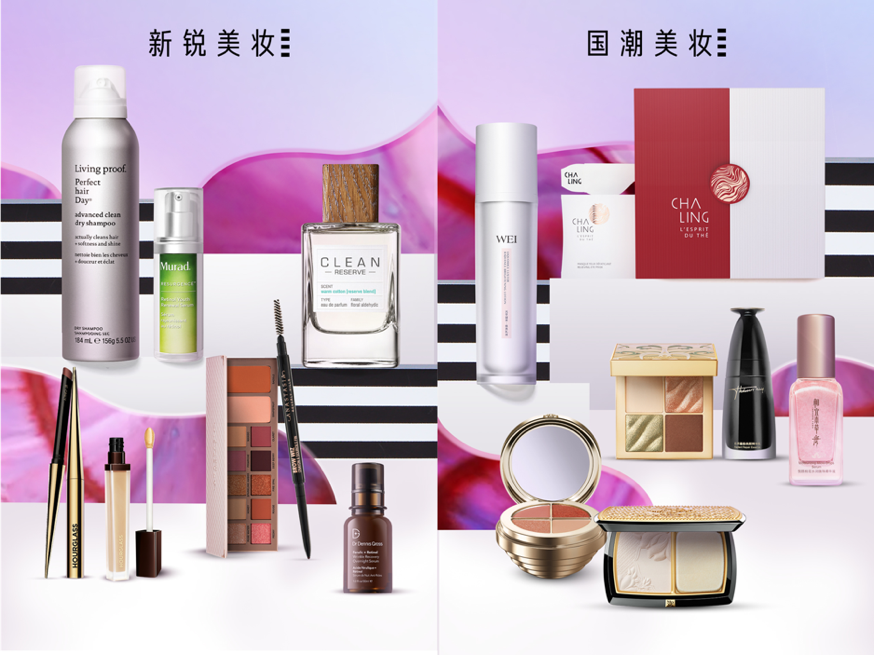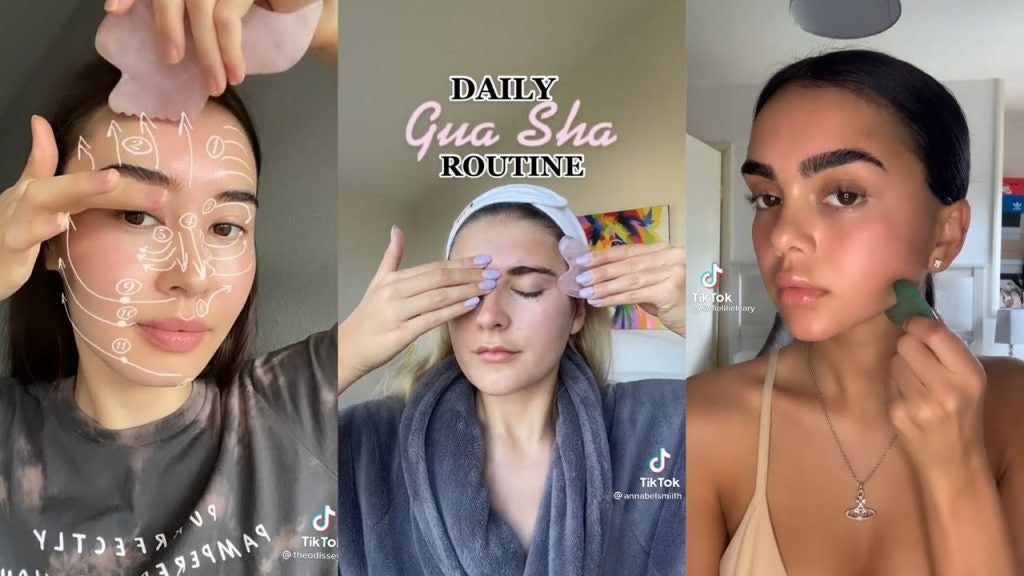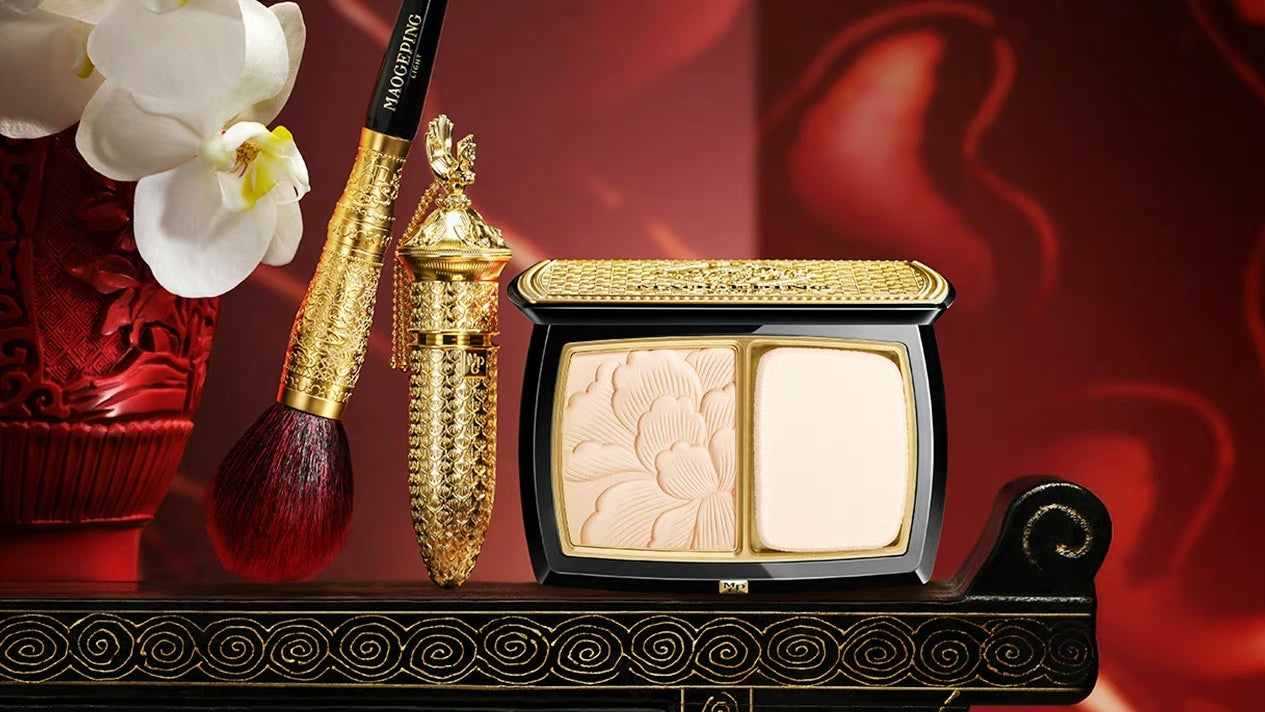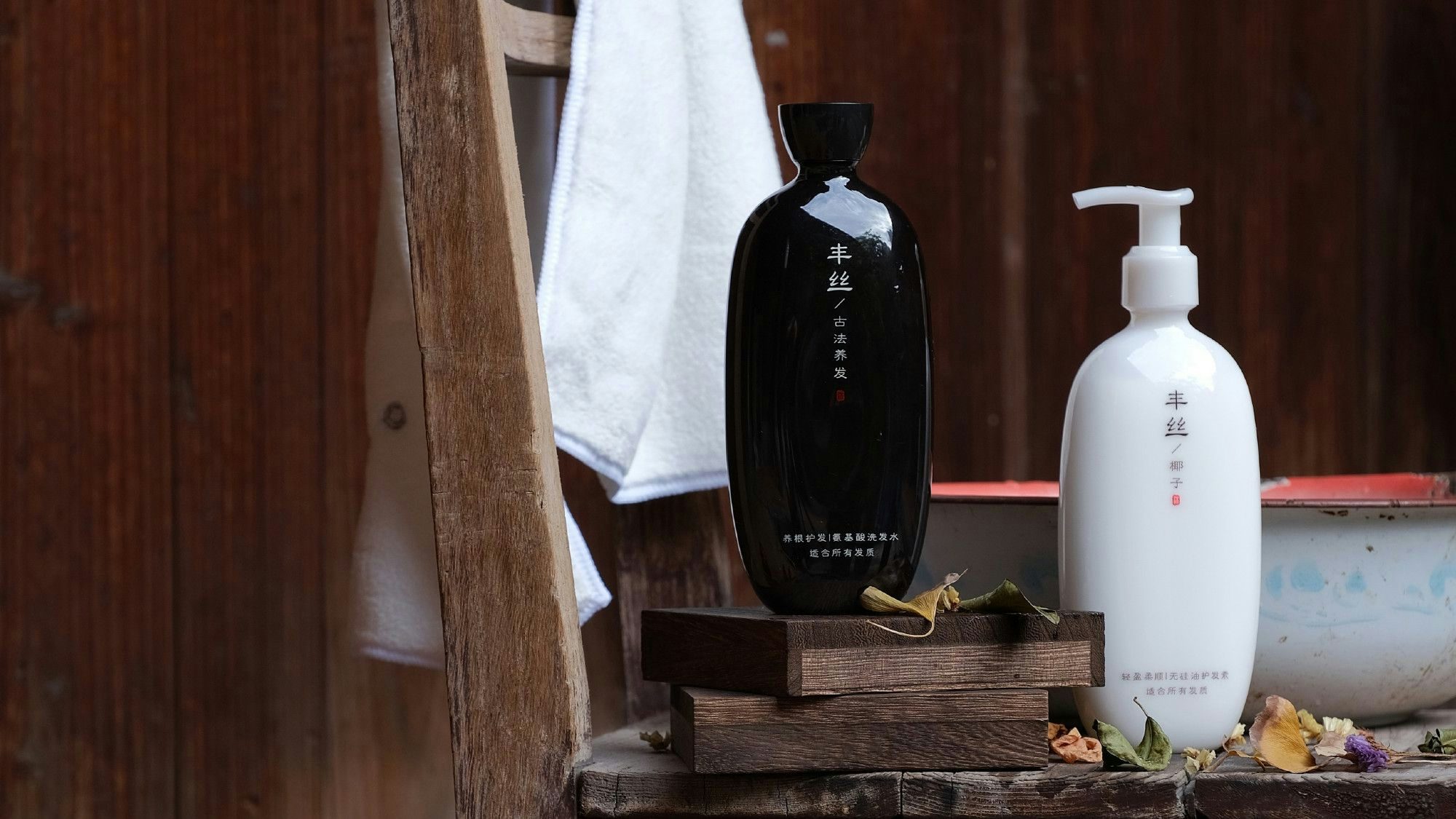Once a local phenomenon, C-beauty is now en route to reaching international fame. On June 6, Sephora announced the launch of its "In China for China" business incubator program, which will work to grow five premium Chinese beauty labels into global megabrands. The goal is to leverage the retailer's worldwide network and loyal customer base to help selected C-beauty labels surpass 15 million (100 million yuan) in annual revenue within the next three years.
But it’s not just Chinese brands that will benefit from Sephora’s new initiative. The move taps into both Chinese consumers' inclination towards supporting homegrown labels, as well as international beauty communities' growing interest in Traditional Chinese Medicine (TCM) and eastern wellness concepts. Therefore, the program's nominee list is a mix of homegrown Chinese labels and TCM-inspired international labels.
Native Chinese brands Herborist TaiChi and Inoherb Tang are both known for natural skincare that features the use of herbal ingredients for beauty treatments. Chaling and Wei, hailing from France and the US, respectively, represent the international take on premium TCM-infused skincare. Chinese make-up labels Maogeping Light, Yumee, and Color Studio By Marie Dalgar, on the other hand, stand for Chinese millennials and Gen Z's self-expression with bold color palettes and modern aesthetics.

"As China is a country with deep cultural heritage, I firmly believe that these C-beauty brands can develop into international trends," Maggie Chan, Managing Director of Sephora Greater China, told Fortune China. Sephora will not only offer these brands commercial support and expansion, but as a beauty retail leader also help them develop an international vision.
The LVMH-owned company is not alone in making big bets on C-beauty. In August 2021, Shiseido launched an innovation fund to invest in emerging Chinese brands. L'Oréal debuted Bold, a venture capital unit targeting C-beauty companies in May 2022. As global brands increasingly face headwinds in China and Chinese consumers continue to support homegrown businesses under heightened nationalism, big beauty groups have turned to smaller local brands to sustain APAC growth while keeping their fingers on the pulse.
The groups’ moves to bring C-beauty to premium shopping aisles around the globe is exciting news for overseas Chinese. "Before COVID, I would stock [up] on many C-beauty products every time I went back to China. Cool lipsticks, eyeshadows, facial masks… things that [are hard to find better alternatives for] abroad,” Xingyu Chen, a 26-year-old fashion graduate student based in Florence, told Jing Daily.
“After COVID-19 happened, going back to China became impossible, but I still make e-commerce orders from Chinese websites and wait for two to three months. It will mean the world to me if Sephora can introduce C-beauty products to more stores, because they are truly amazing," Chen continued.
But alongside the wider Chinese communities, C-beauty is finding a growing international audience that is showing growing interest in Asian beauty trends due to the rising popularity of TCM practices on social media. In 2018, the jade roller – an ancient Chinese beauty tool for facial massage – became a cult favorite among beauty influencers and quickly ascended bestseller lists on Amazon and Sephora.
In the wellness sphere, ingredients such as Chinese-native Goji berries and snow fungus were labeled "superfoods" in recent years, hitting many premium lifestyle stores across the West and cited for their anti-aging properties. Gua Sha, a TCM treatment using stones to stimulate circulation on the face and body, has grown into a 1.1 billion viewed hashtag on TikTok, with beauty junkies from all ages and backgrounds sharing their massage routines.

From jade rollers, to TCM skinfood, to Gua Sha, traditional Chinese wellness practices have become hugely popular in the west. This growing awareness could help C-beauty brands — particularly those advocating for ancient Chinese beauty practices and TCM ingredients — extend their global allure.
For brands hailing directly from China (as well as those founded by people with Chinese roots), Sephora’s opportunity is also a chance to claim back cultural agency. While TCM concepts like jade rolling and Gua Sha reached cult status online, most content was created by Western influencers and brands that chased trends but failed to engage with the underlying ancient Chinese wellness philosophy in meaningful ways. By hitting more shelves and becoming more accessible to a global audience, C-beauty could raise awareness for these practices with an authentic vision.
Culture, the invisible force that drives consumer awareness and purchasing decisions, is precisely what C-beauty needs to prioritize. "Compared to K-beauty and J-beauty's global success, C-beauty still has a long way to go in terms of cultural capital building,” said Elaine Wu, a beauty consultant from Lingzhi Strategy, a Shenzhen-based branding consultancy.
While K-beauty rides on the back of Korean entertainment and globally popular celebrities and shoppers often associate J-beauty with Japan’s high quality, pristine cultural brand, “C-beauty still lacks a 'look and feel' that would distinguish itself from the others," said Wu.
As TCM posts continue to populate TikTok (and other social media) feeds, C-beauty's westward journey is still nascent. Investment from the world's top beauty retailers sends a powerful signal to an industry and consumer: C-beauty could grow from a local sensation into a global one.

